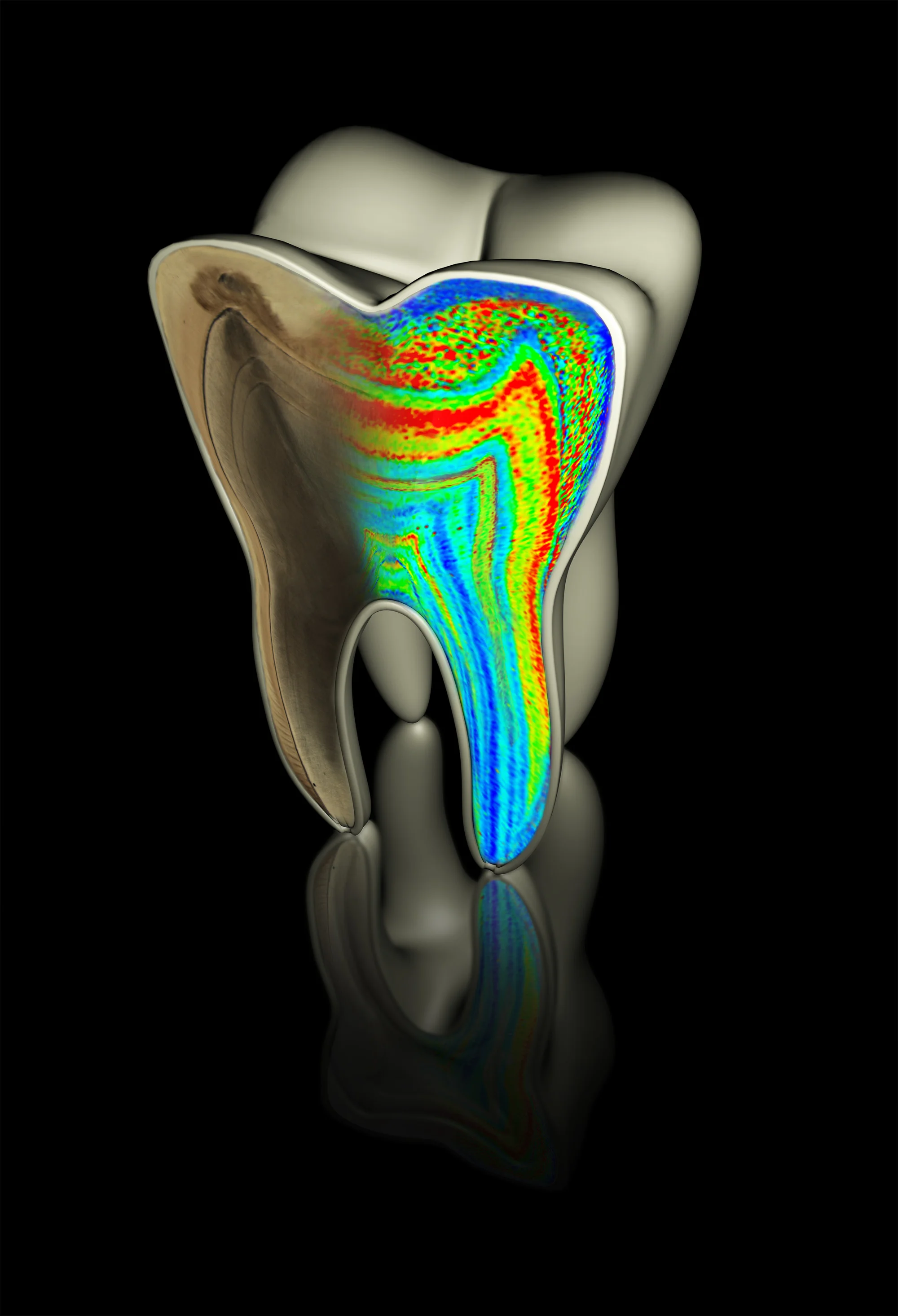ARCHAEOGEOCHEMISTRY
Archaeogeochemistry is concern with the study of ancient material using advance analytical chemistry. The discipline uses micro-scale scientific technique from applied geochemistry to answer key questions in archaeology and palaeoanthropology science, such as the diet, nursing, trophic level and early-life history of our ancestors.
ONGOING RESEARCH
the life history of our ancestors
Dental tissues are extremely valuable for reconstructing early life records of human evolution species . The elemental intake and mineralization pattern of teeth are strongly influenced by the individual interaction with their immediate surroundings (e.g. diet, trophic level, external stressors, migration patterns, nursing). “we are, what we eat!”. Dental tissues therefore present a unique temporal record of the paleoecology of the individual early-childhood development.
fishing the desert
The following is placeholder text known as “lorem ipsum,” which is scrambled Latin used by designers to mimic real copy. Integer tempus, elit in laoreet posuere, lectus neque blandit dui, et placerat urna diam mattis orci. Aliquam bibendum, turpis eu mattis iaculis, ex lorem mollis sem, ut sollicitudin risus orci quis tellus. Vivamus sit amet semper lacus, in mollis libero.
obsidian stone tools
The success of obsidian sourcing studies in Archaeology relies on several of its characteristics evocated in the previous chapter, mainly (a) its glassy texture - which records the scars of the fabrication process and (b) its presence on a large number of sites and contexts. Moreover, the fragility of this glassy material renders the manufactured objects delicate enough to necessitate a regular replacement, therefore placing them in the category of ‘consumption goods’. The production of such a significant amount of objects thus allows to reveal the typological trends and evolutions present within an assemblage, and ultimately to replace it within a broader chrono-cultural context.


